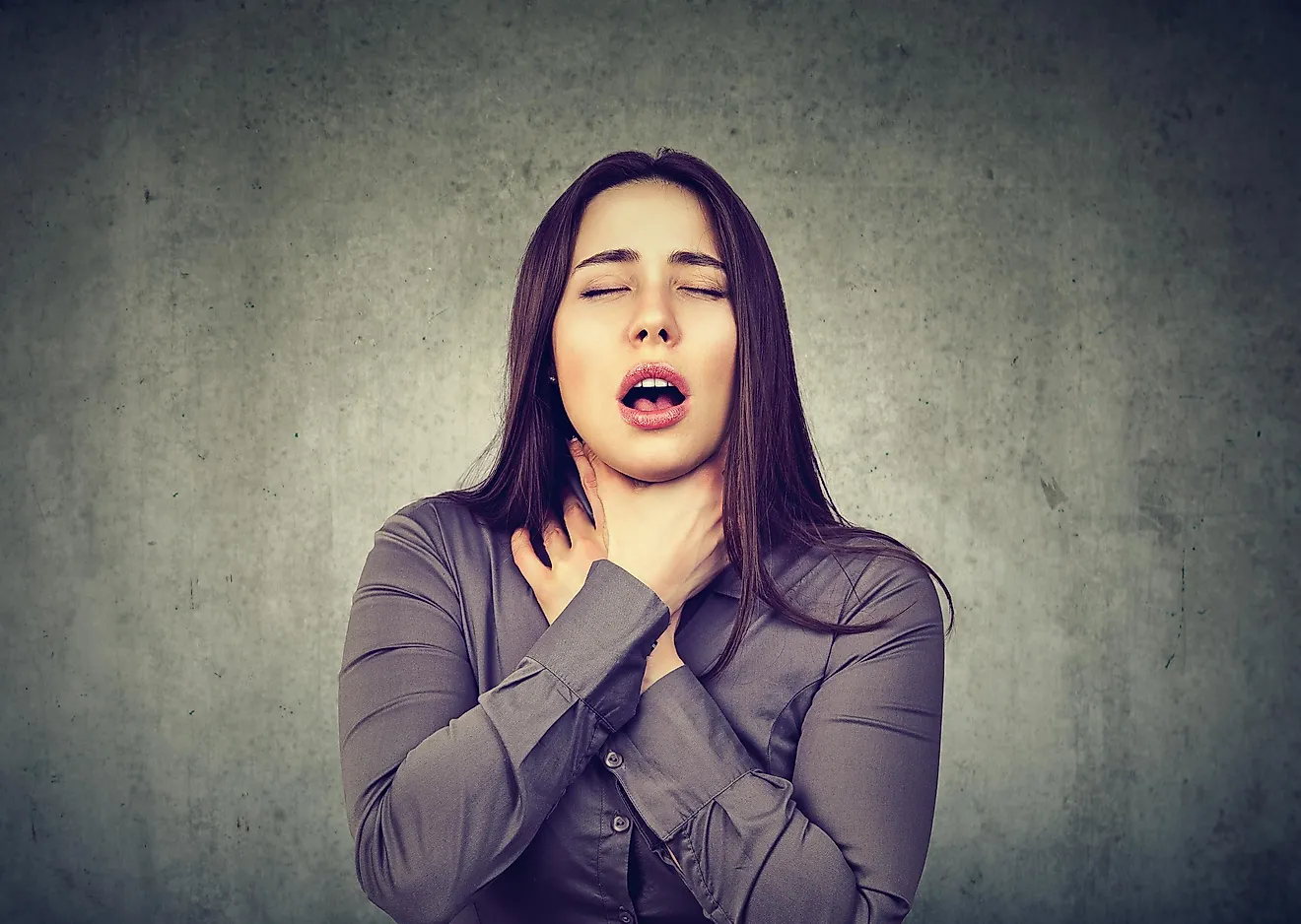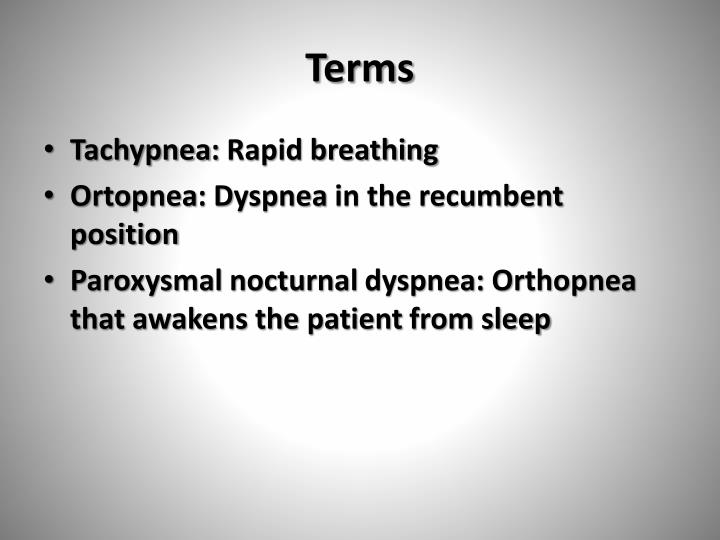

This condition causes a person to wake up. Chronic obstructive pulmonary disease alone did not present any cases of paroxysmal nocturnal dyspnea, and heart failure alone showed a very strong relationship. A type of breathing difficulty while lying down is paroxysmal nocturnal dyspnea. The head must be raised by sitting or standing to be able to breathe deeply or comfortably. PND is a common symptom of congestive heart failure. So it isn’t a zombie disease, but most would say it is scary. Signs of left heart failure such as paroxysmal nocturnal dyspnea and orthopnea can occur. Breathing difficulty while lying down is an abnormal condition in which a person has a problem breathing normally when lying flat. Together, Paroxysmal Nocturnal Dyspnea (PND) is the sense of oxygen deficiency during sleep, the oxygen deprivation causes a person to cough and wheeze, which significantly increases diastolic pressure. PND may temporarily be resolved by sitting upright. Fatigue and inability to exercise are also common complaints. This is a more common serious symptom and history should be taken carefully to distinguish this from orthopnoea. Obstructive and central sleep apnea may also cause episodes of PND to occur. WebMD does not provide medical advice, diagnosis or treatment. Nighttime incidences of dyspnea may indicate that fluid has built up in the lungs, which could be a sign of pneumonia or pulmonary edema. Chapter 11: Dyspnea, Orthopnea, and Paroxysmal Nocturnal Dyspnea. However, when the condition occurs without an obvious trigger, it may be a sign of a serious health condition such as lung cancer, bronchitis, or heart disease. nocturnal dyspnea: dyspnea occurring at night, several hours after assuming recumbent position. Shortness of breath during exercise or other situations is not uncommon.

The term paroxysmal refers to the sudden onset of the episodes. When this shortness of breath occurs while an individual is sleeping, it is further defined as nocturnal. The term dyspnea or dyspnoea refers to a feeling of shortness of breath or breathing discomfort. The term paroxysmal nocturnal dyspnea (PND) is derived from the symptoms that characterize the condition. For additional information visit Linking to and Using Content from MedlinePlus.WorkplaceTesting Explains Paroxysmal Nocturnal Dyspnea (PND)

Any duplication or distribution of the information contained herein is strictly prohibited without authorization. A similar condition called paroxysmal nocturnal dyspnea can make you feel so short of breath that you wake up in the middle of the night. Links to other sites are provided for information only - they do not constitute endorsements of those other sites. A licensed physician should be consulted for diagnosis and treatment of any and all medical conditions. The information provided herein should not be used during any medical emergency or for the diagnosis or treatment of any medical condition. Paroxysmal nocturnal dyspnea (PND) is a sensation of shortness of breath that awakens the patient, often after 1 or 2 hours of sleep, and is usually relieved in the upright position. This site complies with the HONcode standard for trustworthy health information: verify here. Learn more about A.D.A.M.'s editorial policy editorial process and privacy policy. Dyspnea, orthopnea (dyspnea upon lying supine), and paroxysmal nocturnal dyspnea are common symptoms of pulmonary congestion. is among the first to achieve this important distinction for online health information and services. A disorder characterized by sudden attacks of respiratory distress in at rest patients with HEART FAILURE and PULMONARY EDEMA. People awaken gasping and must sit or stand to catch their breath. The patient may bolt upright in bed and gasp for breath. follows rigorous standards of quality and accountability. Paroxysmal nocturnal dyspnea is a sudden, often terrifying attack of dyspnea during sleep. Paroxysmal nocturnal dyspnea usually occurs at night and is defined as the sudden awakening of the patient, after a couple of hours of sleep, with a feeling of severe anxiety, breathlessness, and suffocation. is accredited by URAC, for Health Content Provider (URAC's accreditation program is an independent audit to verify that A.D.A.M.


 0 kommentar(er)
0 kommentar(er)
